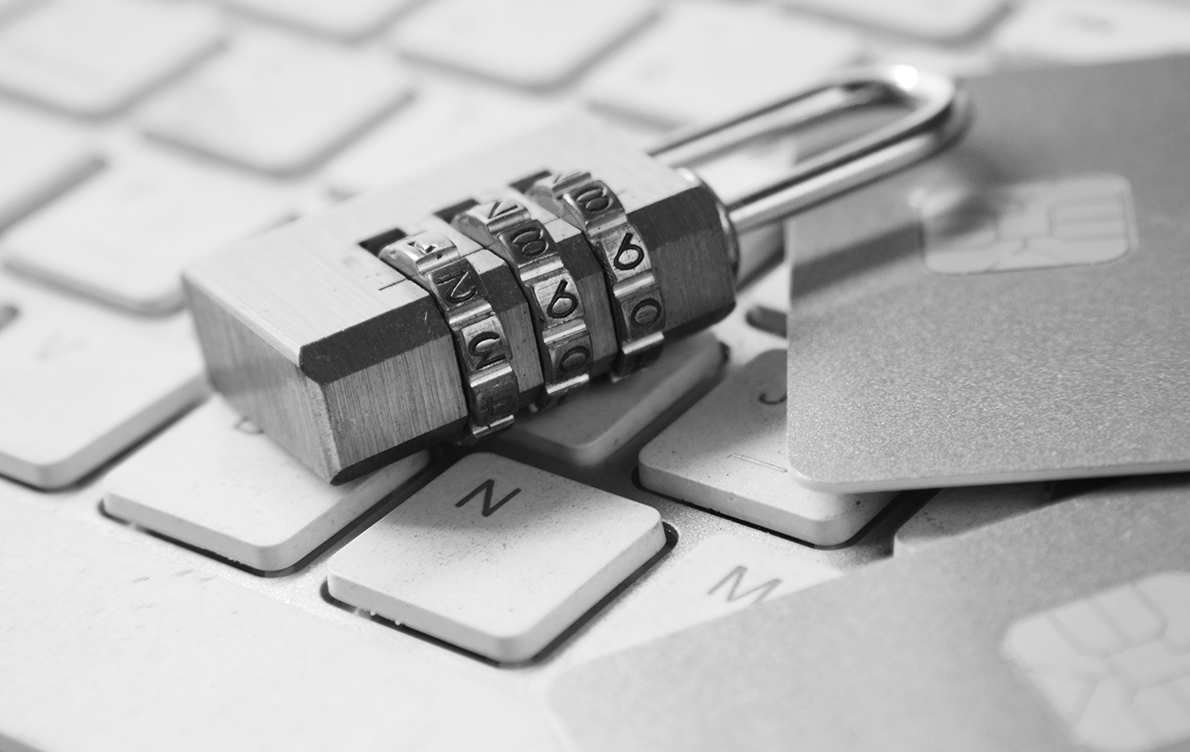4 Tips for Handling Requests for Production and eDiscovery

Between the rapid growth of electronically stored information, an increasingly digital world, and the continuous expansion of how we communicate and connect both personally and at work, organizing and managing discovery is no easy feat. While most attorneys are well versed in discovery obligations, the process can be daunting for clients involved in litigation and for businesses looking to be litigation ready from an information governance perspective.
Discovery Obligations Defined
Discovery obligations include identifying, preserving, and producing data and/or documents from a multitude of electronically stored information (“ESI”) repositories in addition to paper documents. The obvious types of ESI include emails, email attachments, Excels, word processing documents (e.g., Microsoft Word), and information stored in databases. But the world of ESI is constantly expanding and also includes:
- Voicemails and text messages
- Internet history logs
- Social media such as Twitter, Instagram
- Recordings of Teams or Zoom meetings
- Messages and files shared in collaboration tools such as Slack, Teams and Zoom and/or messaging applications such as What’s App, Telegram, Signal and Snapchat
- Geolocation data from various devices
In addition to the numerous types of ESI, a single communication or document (or voicemail, email, etc. as the case may be) includes metadata. Metadata, or “data about data,” includes information that is obvious on the face of the document (e.g., the body of an email or text message) and hidden data not visible on the face of the document (including, for example, the date a document was created or modified, the name of the user(s) who created or accessed a document, how a document is stored, etc.).
The variety and exponential growth of ESI presents nuanced challenges that are best addressed by careful collaboration between clients and e-savvy counsel.
Tips to Streamline the Discovery Process
To help you navigate the discovery process, here are our top tips to promote an effective and efficient eDiscovery process:
- Proactively collaborate concerning the discovery strategy – When counsel and clients actively work together on discovery matters, litigants save money and, better yet, the collaboration enhances the defensibility (to the court and the adversary alike) of the methodology used to preserve, collect, and produce ESI. Participation from clients can include assisting counsel with understanding the clients’ information governance (or lack thereof), technology infrastructure and overall methods of communication with a goal of identifying potential sources and repositories of relevant data. It is also important for clients and their counsel to consider how employees and vendors are accessing and sharing important company information. To these ends, the following nonexclusive list of questions can be helpful:
A. Where is information stored (shared drive, local drives, cloud, apps, etc.)?
B. What happens to a user’s data/hardware after he or she leaves the company?
C. Do employees work on personal or home desktops/laptops/mobile devices?
D. Are there mobile phones (or apps) where relevant data might be stored?
E. Is there relevant data in the possession of advisors, agents, vendors utilized by the client? - Cooperate with the adversary on eDiscovery issues. Another way to achieve significant cost savings is to cooperate with adversaries on the scope of each party’s preservation, collection, review, and production of documents and ESI during the course of discovery. For this reason, we recommend meeting and conferring with adversaries on eDiscovery issues early on and throughout the discovery process.
- Balance the burden of discovery with likely benefits. At each stage of the discovery process, bear in mind the concept of proportionality and ensure that the scope of discovery requests, and the preservation, collection, review, and production of potentially relevant information is proportional to the needs of the case. For example, the collection and review of hundreds of thousands of emails and attachments may not be proportional when the amount in controversy is relatively low.
- Become familiar with emerging technologies and the information (evidence) they may store. The list of repositories of ESI continues to grow. Be aware that information may be generated and stored in these newer forms of technology that needs to be considered, and potentially preserved, collected, reviewed, and produced, especially ESI stored in, or generated by, apps and collaboration platforms.
As the law continues to evolve on these matters, please note that this article is current as of date and time of publication and may not reflect subsequent developments. The content and interpretation of the issues addressed herein is subject to change. Cole Schotz P.C. disclaims any and all liability with respect to actions taken or not taken based on any or all of the contents of this publication to the fullest extent permitted by law. This is for general informational purposes and does not constitute legal advice or create an attorney-client relationship. Do not act or refrain from acting upon the information contained in this publication without obtaining legal, financial and tax advice. For further information, please do not hesitate to reach out to your firm contact or to any of the attorneys listed in this publication.
Join Our Mailing List
Stay up to date with the latest insights, events, and more





